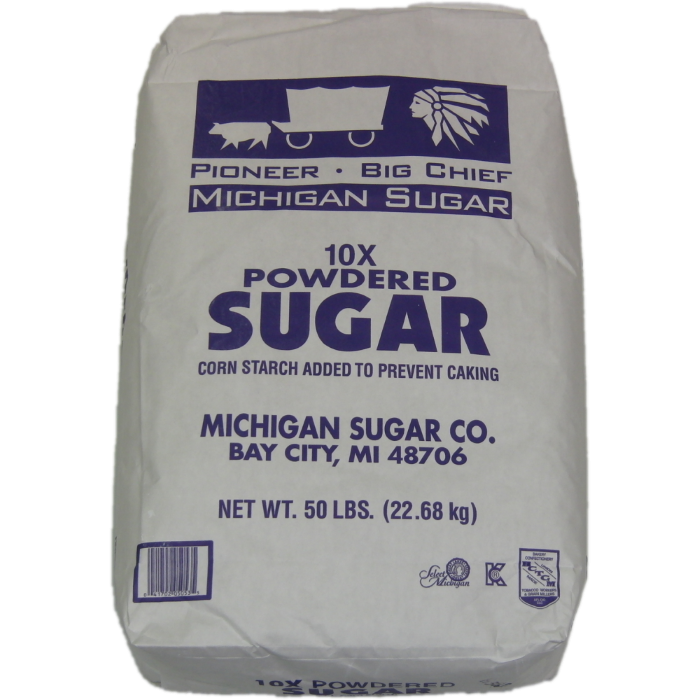
Powdered Sugar: The Sweetest Ingredient in the Kitchen
As a culinary arts professor, I often find myself telling my students that powdered sugar is not just a sweet ingredient, but also a versatile one. It's easy to use and can be found in almost every kitchen. In this article, we'll explore the many uses of powdered sugar and some interesting facts about it.
What is Powdered Sugar?
Powdered sugar, also known as confectioners' sugar or icing sugar, is a finely ground sugar that is commonly used in baking and dessert recipes. It's made by grinding granulated sugar into a powder and then adding a small amount of cornstarch to prevent clumping.
The Many Uses of Powdered Sugar
Baking
One of the most common uses of powdered sugar is in baking. It's used to make frostings, glazes, and fillings for cakes and pastries. It can also be used to dust the tops of baked goods, like donuts or cinnamon rolls.
Decorations
Powdered sugar can also be used for decorative purposes. It can be sprinkled on top of desserts to add a touch of sweetness and a beautiful finishing touch. It can also be used to make intricate designs on cakes and pastries.
Cocktails
Yes, you read that right! Powdered sugar can be used in cocktails too. It's often used to rim the edges of cocktail glasses to add a touch of sweetness and texture. It can also be used to sweeten cocktails without adding any additional liquid.
Interesting Facts About Powdered Sugar
- Powdered sugar was first invented in the 16th century in Europe.
- In the United States, powdered sugar is often made from beet sugar, while in other parts of the world, it's made from cane sugar.
- Powdered sugar is used in traditional New Orleans-style beignets.
- In Japan, powdered sugar is often used to decorate traditional Japanese sweets called wagashi.
- Powdered sugar is a key ingredient in the French dessert, mille-feuille.
Tips for Using Powdered Sugar
- When making frosting or glazes, be sure to sift the powdered sugar first to prevent lumps.
- If you don't have powdered sugar on hand, you can make your own by grinding granulated sugar in a blender or food processor until it becomes a fine powder.
- To prevent a mess, use a spoon or a small sifter to sprinkle powdered sugar on top of desserts.
Conclusion
Powdered sugar may seem like a simple ingredient, but it's many uses and interesting facts. From baking to cocktails, it's a versatile ingredient that every home cook should have in their pantry. So go ahead, dust off that bag of powdered sugar and get creative in the kitchen!